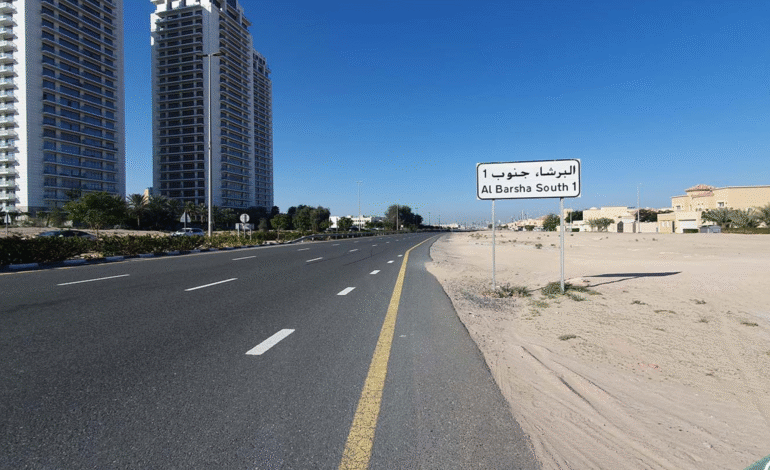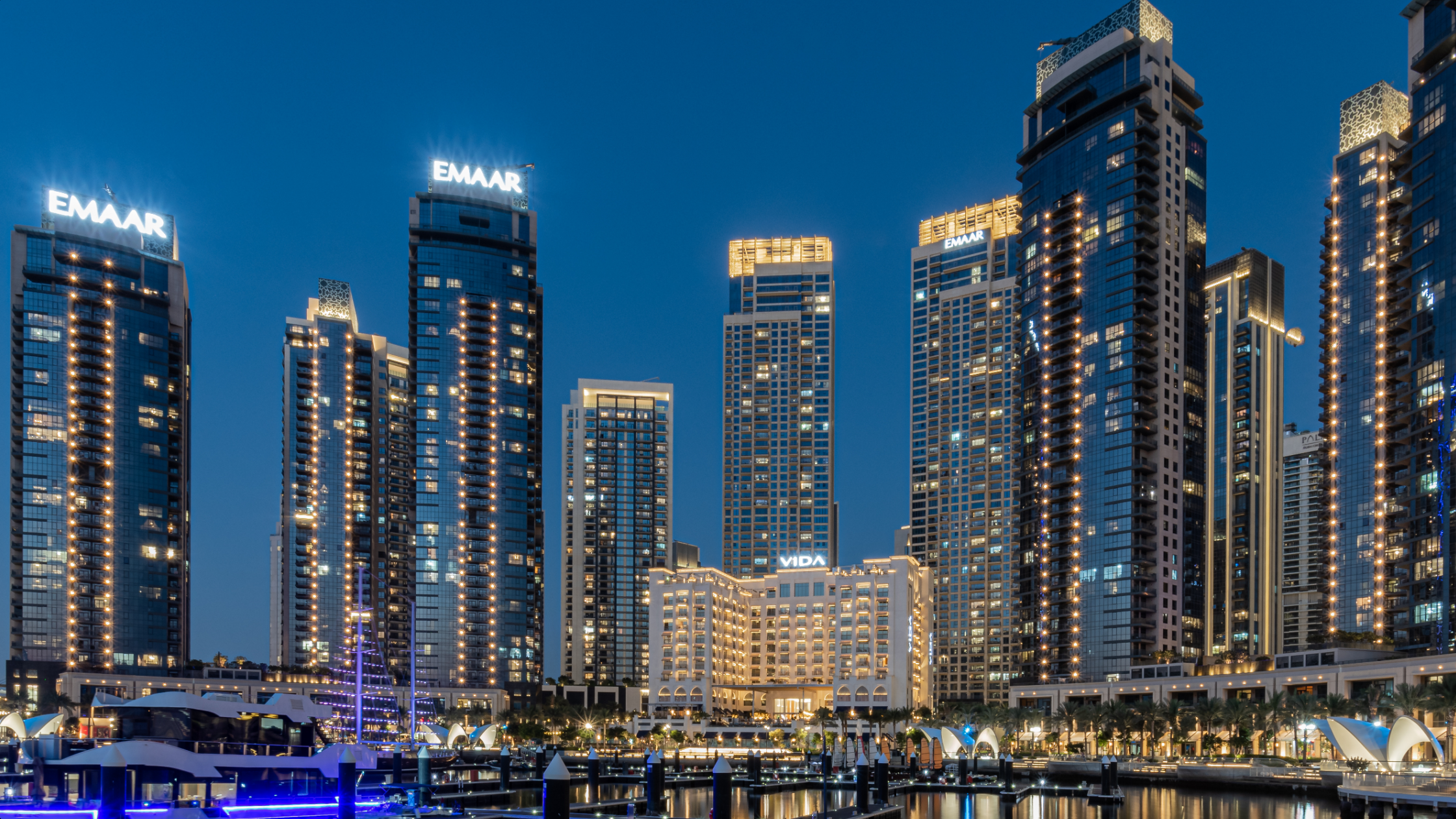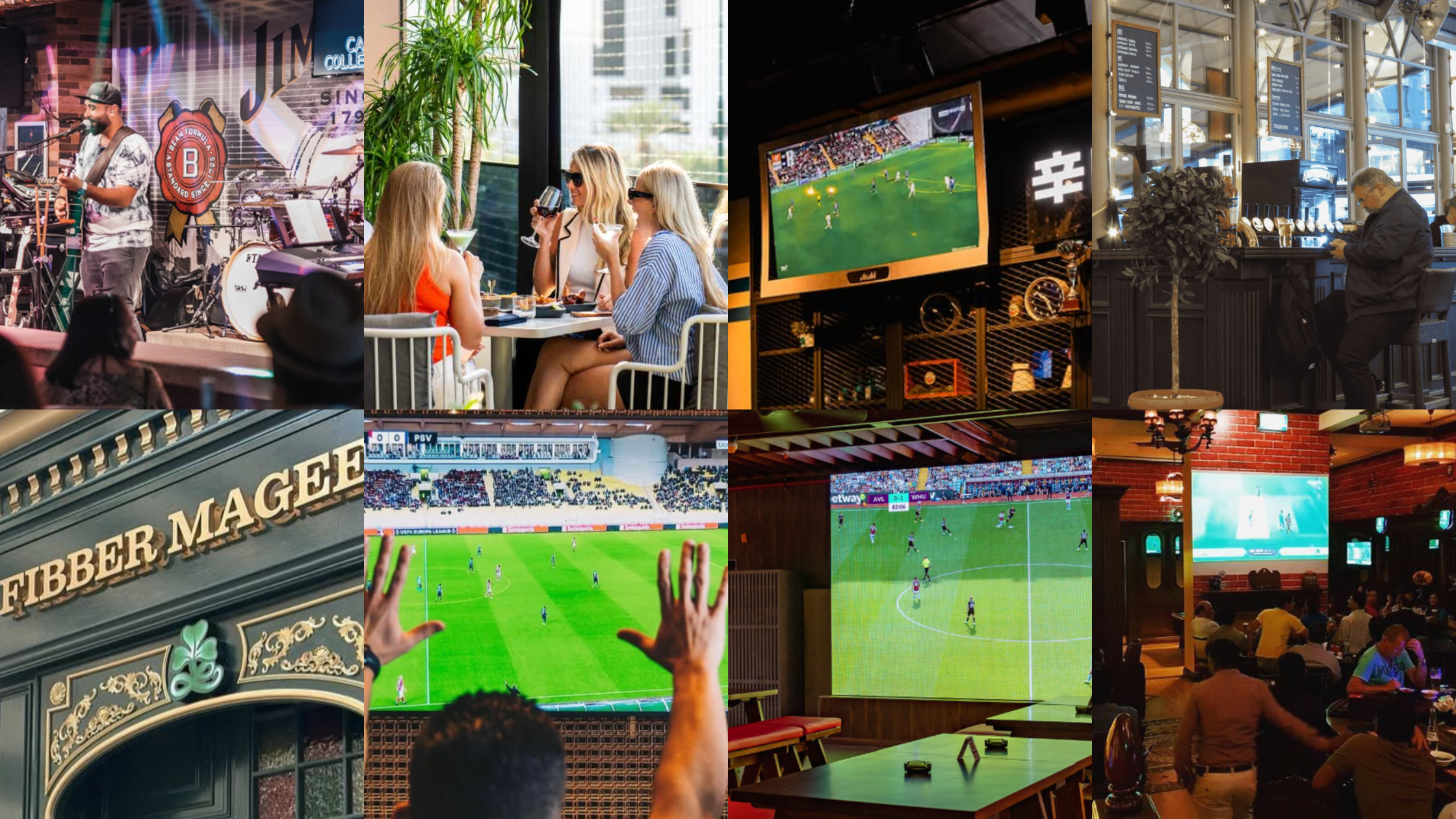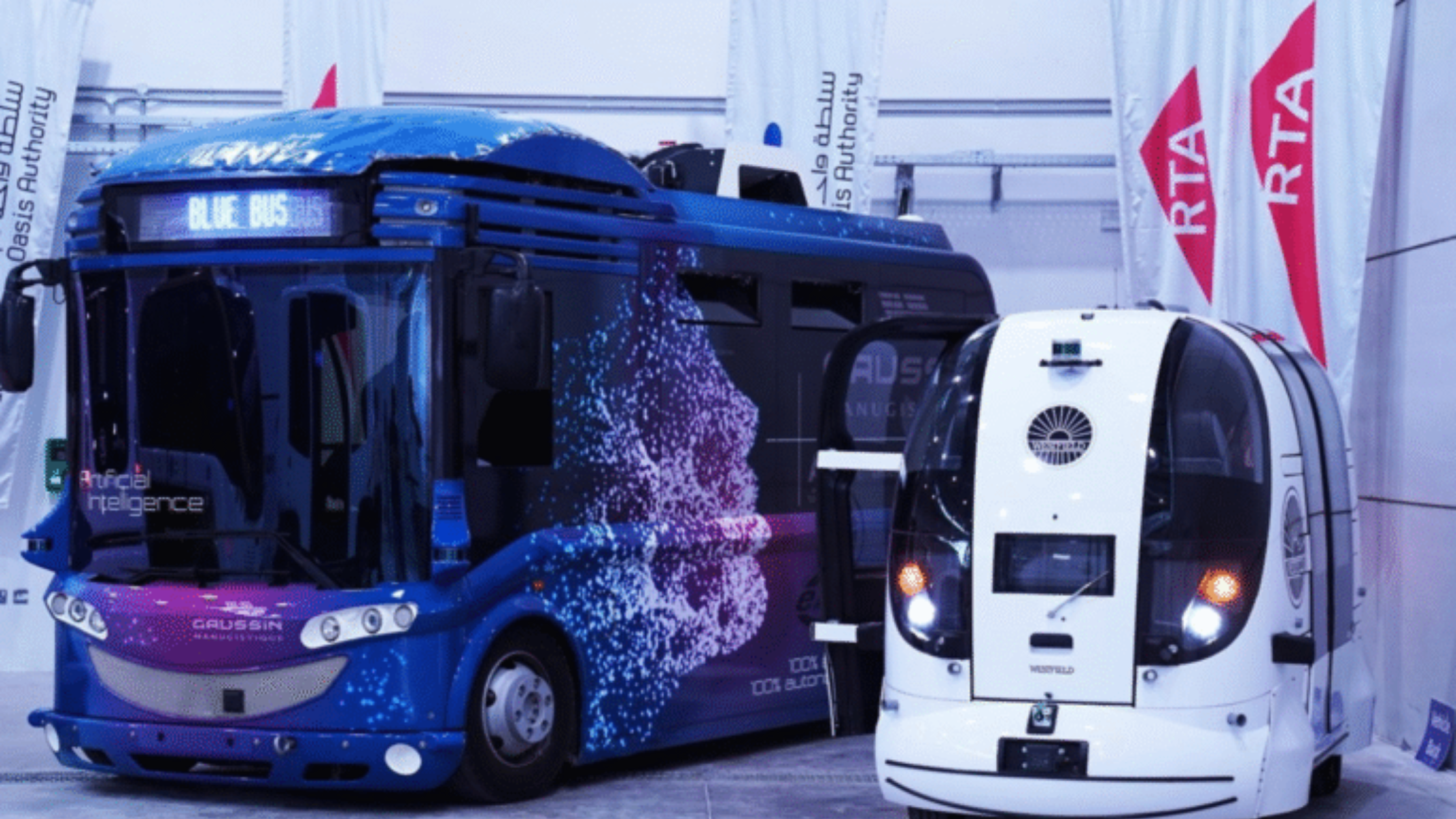Dubai’s Al Barsha South Road Closure: Alternative Routes & Updates

Dubai’s Roads and Transport Authority (RTA) has embarked on a transformative journey to enhance the city’s road infrastructure, aligning with its vision of providing safe and smooth transport for all. The latest development in this ambitious plan is the temporary closure of the entry and exit points of Al Barsha South from Umm Suqeim Street, a critical move to facilitate ongoing construction works at the intersection. This closure is part of the broader Umm Suqeim Street Development Project, a Dh332 million initiative aimed at improving connectivity and traffic flow across Dubai’s key corridors.
Details of the Al Barsha South Road Closure
The RTA recently announced the closure of the entry and exit points connecting Al Barsha South to Umm Suqeim Street, effective immediately and continuing until the completion of development works at the intersection. While the RTA has not specified an exact reopening date, the authority has assured residents that the closure is temporary and necessary to advance the Umm Suqeim Street Development Project, which is currently over 70% complete. This project is a cornerstone of Dubai’s efforts to modernize its road network, catering to the emirate’s rapid urban and population growth.
The closure affects commuters traveling to and from Al Barsha South, a bustling residential and commercial hub. The intersection with Umm Suqeim Street is undergoing significant upgrades, including the construction of an 800-meter tunnel with four lanes in each direction. This tunnel is designed to enhance traffic flow, reduce congestion, and improve connectivity between major arterial roads such as Sheikh Zayed Road, Al Khail Road, Sheikh Mohammed bin Zayed Road, and Emirates Road. The RTA emphasizes that these upgrades will benefit over one million residents in surrounding communities, including Al Barsha South 1, 2, and 3, Dubai Hills, Arjan, and Dubai Science Park.
Alternative Routes for Motorists
To mitigate the impact of the closure, the RTA has outlined several alternative routes for motorists to ensure smooth travel. These routes are strategically selected to provide efficient access to and from Al Barsha South while minimizing disruptions. The recommended alternative routes are:
- Street 31 (Next to ENOC Petrol Station): This route offers a convenient bypass for commuters traveling to or from Al Barsha South. Its proximity to the ENOC Petrol Station makes it easily identifiable, and clear signage has been installed to guide drivers.
- Dubai Science Complex Exit: This exit provides a direct alternative for accessing Al Barsha South and nearby areas, particularly for those traveling from Umm Suqeim Street or other major roads.
- Al Hadaeq Street: A viable option for residents and commuters, this street connects Al Barsha South to surrounding neighborhoods, offering a smooth alternative during the closure.
- Hessa Street: Known for its capacity to handle high traffic volumes, Hessa Street is an excellent choice for motorists seeking to avoid congestion near the closed intersection.
The RTA strongly advises drivers to follow road signs and plan their journeys in advance to avoid delays. To further ease travel, the authority recommends setting off early, especially during peak hours, to ensure timely arrivals. These measures are designed to maintain traffic flow and minimize inconvenience for Dubai’s motorists.
The Umm Suqeim Street Development Project: A Game-Changer
The Umm Suqeim Street Development Project is a flagship initiative under the RTA’s broader strategy to enhance Dubai’s road infrastructure. Spanning 4.6 kilometers from the intersection with Al Khail Road to Sheikh Mohammed bin Zayed Road, the project includes several key upgrades aimed at improving traffic efficiency and connectivity. The centerpiece of this initiative is the newly opened 800-meter tunnel at the intersection of Umm Suqeim Street and Al Barsha South Street, near Kings’ School. This tunnel, with four lanes in each direction, increases the road’s capacity to handle 16,000 vehicles per hour, significantly reducing travel time from 9.7 minutes to just 3.8 minutes—a 61% reduction.
The project also involves upgrading six key intersections along Umm Suqeim Street, including those with Jumeirah Street, Al Wasl Street, Sheikh Zayed Road, First Al Khail Street, Al Asayel Street, and Al Khail Road. These enhancements are part of a larger Umm Suqeim–Al Qudra corridor development, stretching 16 kilometers from Jumeirah Street to Emirates Road. The corridor is designed to integrate seamlessly with Dubai’s vertical (north-south) road networks, creating a cohesive and efficient transportation system.
According to Mattar Al Tayer, Director General and Chairman of the Board of Executive Directors at RTA, the project serves several residential and development areas with a combined population exceeding one million. It enhances connectivity across four strategic corridors: Sheikh Zayed Road, Al Khail Road, Sheikh Mohammed bin Zayed Road, and Emirates Road. The upgrades are expected to support Dubai’s sustained urban growth, aligning with the Dubai 2040 Urban Master Plan, which anticipates a population increase of approximately one million residents.
Technological Innovations in the Project
The RTA has incorporated cutting-edge technology to ensure the Umm Suqeim Street Development Project is executed efficiently and with precision. Artificial intelligence-powered drones were used to gather and analyze construction data in real time, reducing field survey time by 60%. Additionally, time-lapse imaging was employed to monitor construction progress continuously, boosting monitoring efficiency by 40%. These innovations underscore the RTA’s commitment to leveraging technology to enhance project delivery and maintain Dubai’s position as a global leader in infrastructure development.
Broader Context: Dubai’s Commitment to Infrastructure Excellence
The Umm Suqeim Street Development Project builds on previous phases of infrastructure upgrades. In 2013, the RTA completed Phase I, which included the construction of two three-lane bridges between Sheikh Zayed Road and Al Khail Road, along with two signalized intersections and three pedestrian bridges connecting Al Quoz and Al Barsha. In 2020, a 500-meter bridge was opened at the entrance to Dubai Hills and Al Barsha South, capable of handling 16,000 vehicles per hour. These earlier developments laid the groundwork for the current project, which further enhances traffic flow and connectivity.
The RTA’s efforts extend beyond Umm Suqeim Street. Other ongoing projects include the Hessa Street Improvement Project, which will double the road’s capacity to 8,000 vehicles per hour, and the Al Wasl Road Development Project, which aims to reduce travel time from 9.4 minutes to 2.8 minutes. These initiatives reflect Dubai’s broader vision of creating a sustainable and efficient transportation network that supports its growing population and urban expansion.
Practical Tips for Motorists During the Closure
To navigate the Al Barsha South road closure effectively, motorists are encouraged to adopt the following strategies:
- Plan Ahead: Use navigation apps like Google Maps or Waze to identify the best alternative routes based on real-time traffic conditions.
- Avoid Peak Hours: Rush hours, typically between 7-9 AM and 5-8 PM, can lead to congestion on alternative routes. Traveling outside these times can save significant time.
- Follow Signage: The RTA has installed clear road signs to guide drivers to alternative routes. Paying attention to these signs will prevent confusion and ensure a smoother journey.
- Stay Informed: Regularly check the RTA’s official website or social media channels for updates on the closure and project progress.
By adhering to these tips, commuters can minimize disruptions and maintain efficient travel routines during the construction period.
The Impact on Al Barsha South and Surrounding Communities
The temporary closure of the Al Barsha South entry and exit points may cause short-term inconvenience, but the long-term benefits of the Umm Suqeim Street Development Project are substantial. The project is expected to serve over one million residents across Al Barsha South 1, 2, and 3, Dubai Hills, Arjan, and Dubai Science Park. Improved traffic flow, reduced travel times, and enhanced connectivity will contribute to a higher quality of life for residents and visitors alike.
The upgrades also align with Dubai’s commitment to fostering sustainable urban development. By increasing road capacity and integrating advanced technologies, the RTA is ensuring that Dubai’s infrastructure keeps pace with its rapid growth. The project’s focus on pedestrian bridges and signalized intersections further enhances safety and accessibility, making the city more livable for all.
A Step Toward a Smarter Dubai
The temporary closure of the Al Barsha South entry and exit points from Umm Suqeim Street is a small price to pay for the transformative benefits of the Umm Suqeim Street Development Project. With its 800-meter tunnel, upgraded intersections, and advanced technological integrations, the project is set to revolutionize traffic flow and connectivity in Dubai. By following the RTA’s recommended alternative routes and planning journeys strategically, motorists can navigate this period of change with ease.
As Dubai continues to grow as a global hub, initiatives like these underscore the emirate’s commitment to infrastructure excellence and sustainable development. Stay tuned to hammermindset.com for more updates on Dubai’s evolving transportation landscape and tips to navigate the city’s dynamic road network.








2 Comments
[…] Dubai has always been a city known for luxury, new ideas, and exciting developments. Now, it is home to one of its most special projects Naïa Island. This new private island, created by Shamal Holding, brings a new kind of luxury living to the city. […]
[…] Dubai has long been a beacon of innovation, and Sheikh Mohammed’s engagement with the G1 robot highlights the Emirate’s ongoing mission to harness cutting-edge technology for the greater good. By integrating the G1 robot into public displays, the city aims to inspire a global audience and encourage young minds to pursue innovation-driven futures. […]
Comments are closed.